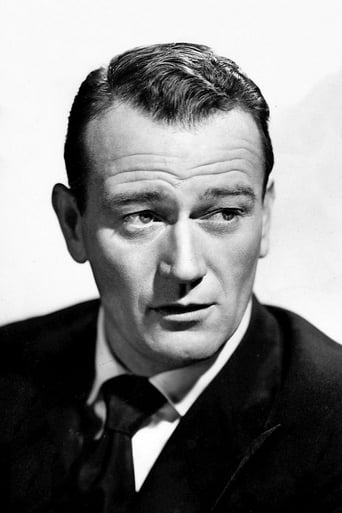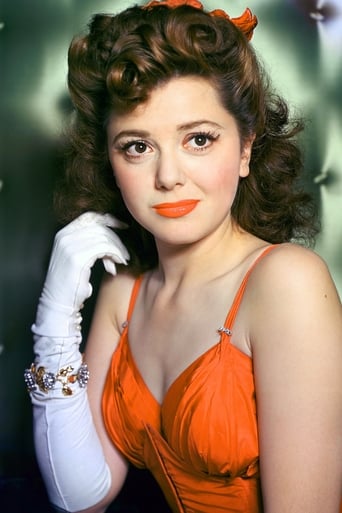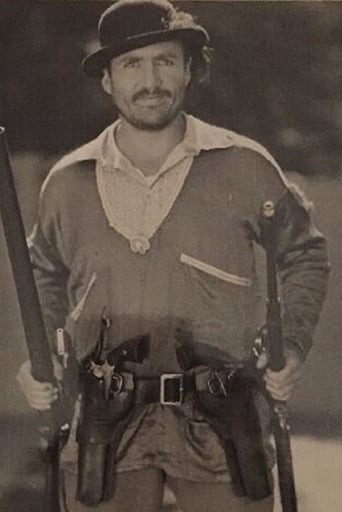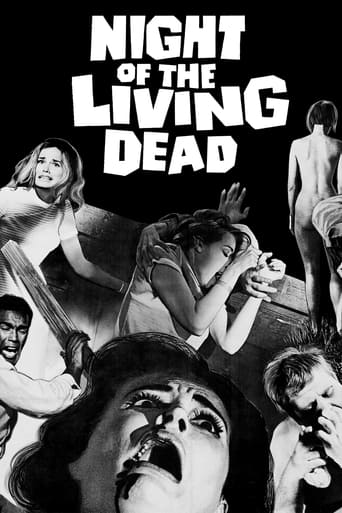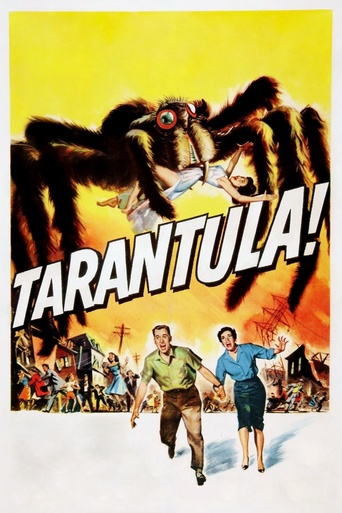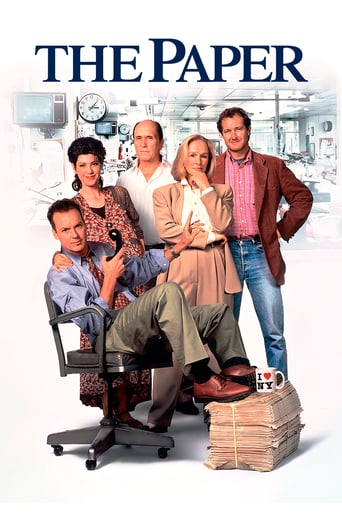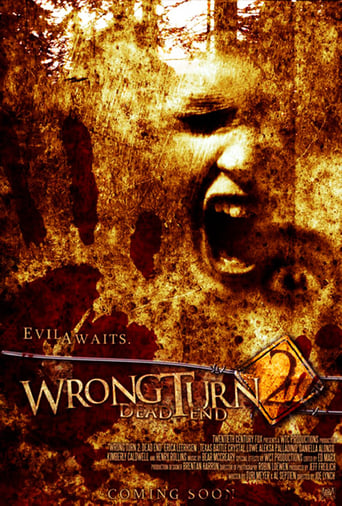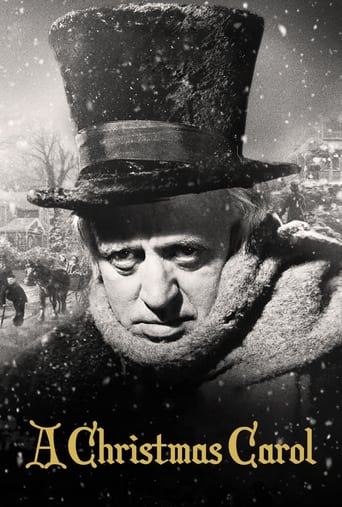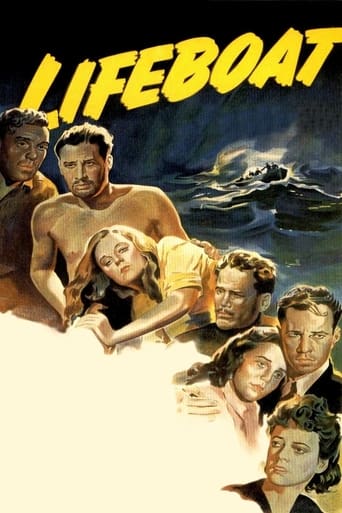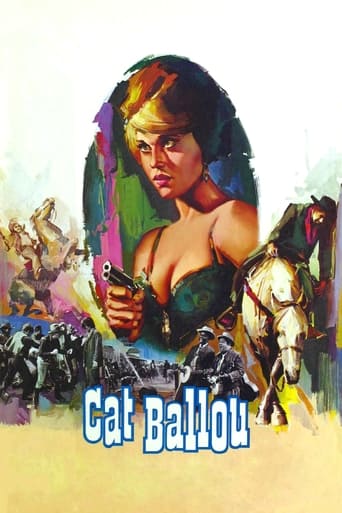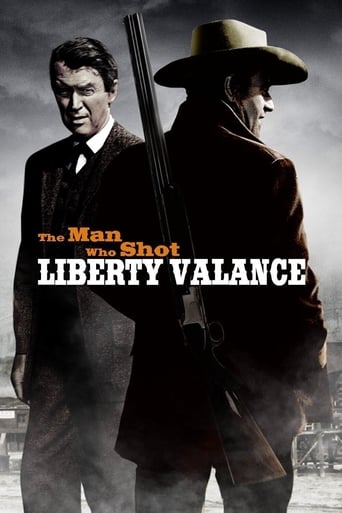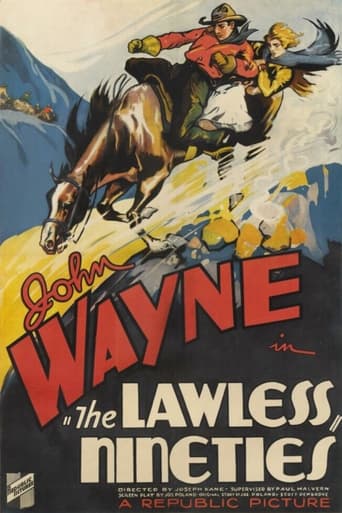
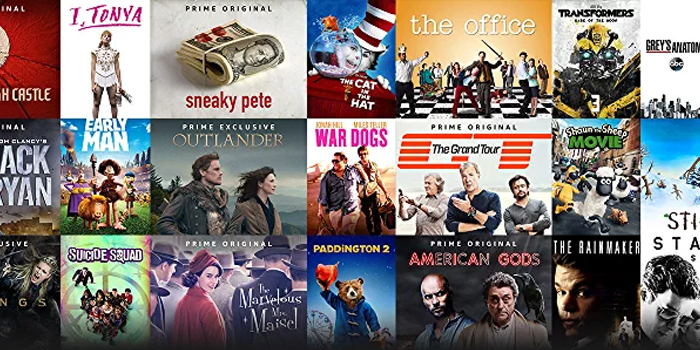
The Lawless Nineties (1936)
Federal Agents Tipton and Bridger have been sent to Wyoming where the vote on statehood is imminent. Plummer and his gang are out to make sure the vote fails. When Plummer's men kill Bridger, Tipton fights on. He sends fake telegrams that trap some of Plummer's men. Then he organizes the ranchers and on election day they descend on the town barricaded by Plummer's gang.
Watch Trailer
Cast
Similar titles
Reviews
Undescribable Perfection
To me, this movie is perfection.
Best movie ever!
It’s an especially fun movie from a director and cast who are clearly having a good time allowing themselves to let loose.
Yakima Canutt (stunt double for John Wayne). Director: JOSEPH KANE. Screenplay: Joseph Poland. Original screen story: Joseph Poland, Scott Pembroke. Photography: William Nobles. Supervising film editors: Joseph H. Lewis, Murray Seldeen. Film editor: Lester Orlebeck. Stock music by Heinz Roemheld and Arthur Kay, directed by Lee Zahler. Stunts: Cliff Lyons. Assistant director: Robert Emmett Tansey. Sound engineer: Terry Kellum. Associate producer: Paul Malvern. Producer: Trem Carr. Executive producer: Herbert J. Yates. Copyright 27 April 1936 by Republic Pictures Corp. New York opening at the Rialto: 26 June 1936. U.S. release: 15 February 1936. U.K. release through British Lion: August 1936. 6 reels. 58 minutes.SYNOPSIS: Lawless elements try to prevent Wyoming joining the Union. COMMENT: This one and Santa Fe Stampede were the only Wayne "B" westerns to be reviewed by The New York Times. Certainly this one has some claim to such attention. On the surface at least it's rather lavishly mounted, though some of the spectacular action footage doesn't bear too close attention. Most of it is obviously stock material which has been spliced in somewhat randomly whether the moment was appropriate or not, or even whether the footage quite matched its description or not. This is why we have Lewis as supervising editor. Still for unsophisticated audiences the effect must have been quite exciting. It certainly makes for a more lively outing than the usual Wayne "B". Moreover director Kane has risen to the occasion with some slightly more imaginative directorial touches than was his norm, assisted by some fine stunt-work and even what looks like genuine night-for-night photography by William Nobles. (It's not that easy to tell. The video print under review is dupey and washed out. It's from the Republic Pictures Collection too, with a claim on the box: "Mastered from original film negatives." I disagree! My guess is that it's a dupe from a primitive television print complete with tinny 16mm sound. If this has been mastered from original 35mm negatives, someone sure did a real lousy job).The support cast is lavishly appointed too, with no fewer than four of our all-time favorite villains - and all with some good opportunities for nastiness too. Wayne shoots a pistol out of King's hand, Chesebro picks a fight with our hero, Bridge leads the marauders while Woods directs operations. Tom London is on hand to back up Chesebro too, and it's good to see Jack Rockwell back on the right side of the law. We will pass over the somewhat labored comic relief provided by Etta McDaniel and Snowflake, and even the relaxed, almost agreeably perky heroine enacted by Ann Rutherford to concentrate our remaining attention on George Hayes. He's good. We love him. This time he gives a startlingly accurate Walter Huston impersonation, not just in make-up, but right down to the very timbre of his voice. It suits and matches the role so perfectly that casual picturegoers may well have marveled what Huston was doing in a "B" western. It's interesting that although Hayes had introduced his "Gabby" old-timer in The Lucky Texan back in 1933, he is still playing other character roles at this stage of his career. (Another interesting career note is that Lane Chandler who played Wayne's buddy in Sagebrush Trail (1933) has a similar but very considerably smaller part here).OTHER VIEWS: Produced on a far more lavish scale than the usual western "B", this is lively, exciting fare with plenty of action and even some good acting - particularly from George Hayes as a crusading newspaper publisher. This is a stock role, but Hayes plays it not only with conviction but with unexpected dignity and restraint.
. . . as John Wayne shows us that American Law and the U.S. Constitution are not worth the paper on which they're written if one or two Rich People decide to thwart Democracy. In the LAWLESS NINETIES, fabulously wealthy crime-lord Charles K. Plummer is almost as Rich as Donald J. Trump. Plummer can hire scads of gunmen to blockade all of Wyoming's polling places, just as Trump was able to buy all the American media to spread his bizarre "Birther" nonsense, as well as to sound out all of Obama's Electoral College Enrollees to see how much it would take to switch their vote. Now Trump has bribed hundreds of FBI agents to knock off the Democratic nominee, just as Plummer has John Wayne kidnapped and marked for assassination in LAWLESS. Like the citizens of Crockett City, WY, I've heard some of my neighbors recently wondering, "If we cannot trust Rich People, on whom can we rely?" This, of course, paraphrases one of the last entries in Anne Frank's Diary (though she referred to either Germans or Christians, but may as well have written "Rich Nazis"). As young John Wayne could tell you, do NOT expect a Plummer to unclog your Trump Pump.
The year is 1890 and Wyoming would like to be a state, but certain lawless elements want to keep it a territory. There will be a plebiscite to decide the issue and the outlaws are going to win this thing by hook or crook. There's redundancy if I've ever written one.The Lawless Nineties has John Wayne as a 'government man' one of several sent in to the territory to see the elections are run fair and square. With maybe more than a little leaning on the side of the homesteaders and small ranchers and merchants who want statehood.There actually is some historical basis for this. In this year, the president of the United States is Republican Benjamin Harrison and he's got a Congress with his party controlling both houses. Because of that six states get admitted in his four years as president, Wyoming being one of them the others being Idaho, Montana, Washington, and North and South Dakota. The idea was very simple, the territories were Republican leaning for the most part and would furnish representation in Congress to keep his party in power.I'm assuming that the Duke as a 'government man' was working for the Department of Justice and oddly enough the film anticipates by about thirty years the Justice Department performing just such an electoral function that they did in the South after the Voting Rights Act was passed.It's a novel and interesting premise for a western and another thing I thought was unique was the outlaw's use of early electronic surveillance to find out what the federal government's plans were and take steps to foil them. Of course there is no radio and the use of the telephone was not common yet in the west. We're talking here about the telegraph and Wayne does figure it out.But sad to say that The Lawless Nineties is spoiled by the use of Etta McDaniel and Fred Toone as some black stereotypes, really, really bad ones. Sadder still because there was no need to bring them in, the racial issue just wasn't germane to the plot. It's been twenty five years since the end of the Civil War and Toone and McDaniel act like Gabby Hayes and Ann Rutherford as a father and daughter resettled from Virginia still own them. Gabby is far from the grizzled, hairy old cuss we love. He's got a handlebar mustache and a clipped goatee and speaks in cultured upper class Southern tones. Not what we normally get from Gabby.The action is good in The Lawless Nineties and I only wish that Republic hadn't seen the need to include McDaniel and Toone in the film.
This film was a pretty entertaining film and being a B-film, it was over in under one hour. In other words, it accomplished its modest goals just fine. While this means that compared to other, A-films, the movie might seem awfully simplistic, it was simply meant as a second film on a double-bill. These second features were often made by lesser-name studios and featured lower budgets and actors/directors/writers who hadn't yet established themselves in Hollywood or couldn't make the jump to the higher-level films--hence, the name "B-Movie". For years, John Wayne did many Bs and this one is certainly better than most (such as his "Singing Sandy" and "Three Mesquiteers" films). It gets the job done and the acting, for Bs, is very good. By the way, the role of the Major was played by George Hayes--that's "Gabby" Hayes and wow does he look and sound different playing a more serious role!
